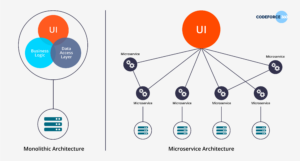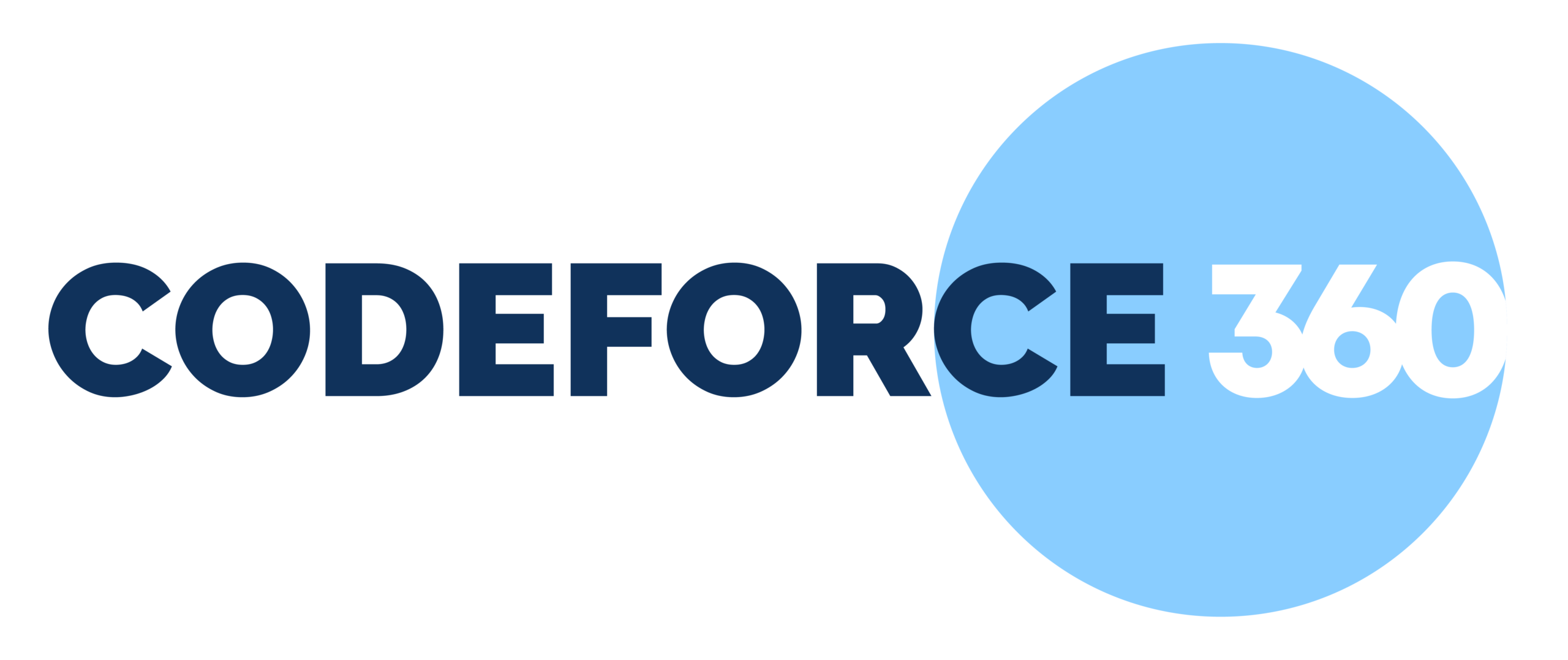Understanding the different architectures and choosing the right one is very critical for the success of every product. In this blog post, we try to clearly differentiate and explain the pros and cons of monolithic, service-oriented, microservice and serverless architectures.
Monolothic Architecture
A monolithic pattern refers to a single indivisible unit and the concept of monolithic software lies in different components of an application being combined into a single program and running on a single platform. All the software parts like the database, business logic layer, and the client-side user interface are all unified and combined. The picture below illustrates a monolithic architecture in detail.

While the components in a monolithic software are interconnected and interdependent, this is a perfect solution for small projects that do not require scale and is perfect when the scope and scale of the application are very limited.
Pros
- Simpler Development & Deployment
- Fewer Cross-Cutting concerns
- Better Performance
Cons
- Codebase gets cumbersome over time
- Difficult to adopt to new technologies or build multiple features/components in different technologies
- Difficult to make quick changes
- Not agile friendly
Service-Oriented Architecture
A Service-oriented Architecture (SOA) is a software architecture style that refers to an application composed of discrete and loosely coupled software agents that perform a required function. In SOA, there are two primary roles: A Service provider and a service consumer. The fundamental concept behind SOA is that every application can be built such that its modules can be reused and integrated seamlessly.
Pros
- Reusability of modules (Services)
- Ease of Maintenance
- High reliability
- Clean Code
- Parallel development
Cons
- Complex Management and message deliverability.
- High investment costs
- Extra Overload of Validation.
Microservice Architecture
Microservice is a type of service-oriented software architecture that focuses on building a series of autonomous components that make up an app. Unlike monolithic apps built as a single indivisible unit, microservice apps consist of multiple independent components that are glued together with APIs.
The picture below clearly illustrated Microservices Architecture and the difference between Monolithic and Microservice architecture.

In the microservices approach, we focus mainly on business priorities and capabilities and each feature are developed and deployed as an individual application that connects with others through API’s. The microservices approach has become a trend in recent years as more and more enterprises are becoming agile and moving towards DevOps. When we need internet scale, agility, and ease of deployments and maintenance while still maintaining speed, microservices are the way to go.
Pros:
- East to develop, test and deploy
- Increased Agility
- Ability to scale Horizontally.
- Different Programming languages.
Cons:
- Complexity and increases need for automation
- Data consistence and transaction management becomes hard
- Security concerns
Serverless Architecture
Serverless architecture is a cloud computing approach to building and running apps and services without the need for infrastructure management. In serverless apps, code execution is managed by a server, allowing developers to deploy code without worrying about server maintenance and provision. In fact, serverless doesn’t mean “no server.”
Serverless architecture incorporates two concepts:
- Function as a Service (FaaS) – Allows developers to upload pieces of functionality to the cloud and led these pieces to execute independently
- Backend as a Service (BaaS) – Allows developers to outsource backend aspects (DB management, cloud storage, hosting, user authentication, etc) to cloud and allow them to focus on the main user interface.
In this architecture, developers just focus on the product functionality without worrying about server management, execution environments, reliability or scalability. There are a number of cloud vendors and services available in the market.
Pros:
- Easy to develop and deploy
- Lower costs of maintenance
- Enhanced reliability and scalability
Cons
- Vendor lockin
- Lack of Customization
